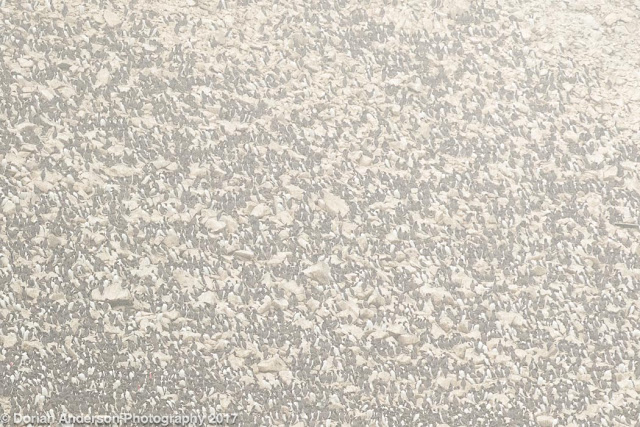Enter the inflatable kayak, the solution to all our our problems! I first shot from friend's Sea Eagle FT385 three weeks ago, and I was so impressed with it that I ran out and bought one for myself. Kayaking is super fun, good exercise, and a great way to get close to water birds. The kayak rides so low in the water that birds find it generally non-threatening. My particular model can be configured to seat one or two paddlers. It it super stable, and, at no point in our SF Bay test run did it feel like we could possibly tip over. Set-up/inflation is snap and easily handled by one person. Paddling into the wind isn't much fun but is possible if required.
Our new inflatable kayak with furry passenger, Roody the Beagle!
Our initial test complete, I headed north this past weekend (without Sonia) to photograph what I hoped would be grebe chicks. Unfortunately, the chicks hadn't yet hatched so I had to settle for the adults. It hardly mattered at they kept me plenty busy on their own. Kayaking to reach the birds was perfectly pleasant, and I found the birds as approachable as I had hoped. I love getting low angles on water birds, and the kayak put me in the perfect position to do exactly that. Enough of my drivel, let's see some photos!
Exploring the area
The boat balanced wonderfully with all my gear in front of me.
Another grouping of grebes
I will say that that it was incredibly challenging to get nice, clear shots of birds with so many of them swimming around. The feeling was not dissimilar to shooting in a seabird colony where there's so much activity that's it often difficult to isolate on bird from the ever-swirling masses. I'm usually looking for super clean backgrounds, but I found working with the birds in their habitat a fun diversion/challenge as well.
Western Grebe - Aechmophorus occidentalis
On nest and in habitat.
Canon 100-400mm f/4.5-5.6 IS II on EOS 7D Mark II
1/3200 at f/7.1, ISO 400
Western Grebe - Aechmophorus occidentalis
Detailed headshot to show facial pattern.
Canon 400mm f/4 IS DO II + 1.4x III on EOS 1D Mark IV
1/2500 at f/5.6, ISO 400
Clark's Grebe - Aechmophorus clarkii
Detailed headshot to show facial pattern.
Compared to Western above, note less black around eye
and more orangey bill with less black.
Canon 100-400mm f/4.5-5.6 IS II on EOS 7D Mark II
1/3200 at f/5.6, ISO 400
Clark's Grebe - Aechmophorus clarkii
Adult on nest
Canon 500mm f/4 IS + 1.4x III on EOS 1D Mark IV
1/3200 at f/5.6, ISO 400
Clark's Grebe - Aechmophorus clarkii
Mates changing incubation shifts
Canon 100-400mm f/4.5-5.6 IS II on EOS 7D Mark II
1/3200 at f/5.6, ISO 400
Clark's Grebe - Aechmophorus clarkii
Feeding in foliage
Canon 400mm f/4 IS DO II + 1.4x III on EOS 1D Mark IV
1/3200 at f/5.6, ISO 400
Clark's Grebe - Aechmophorus clarkii
Adult on nest
Canon 500mm f/4 IS + 1.4x II on EOS 1D Mark IV
1/3200 at f/5.6, ISO 400
You can see from my shooting info that I carried a number of lenses and bodies. Switching between them was a snap, and I had plenty of room to stash gear in between and in front of my legs. The entire morning really was amazing. Photos aside it was incredible to have such intimate views of these beautiful birds. I'm in Southeastern Arizona next week but will most certainly return in a few weeks to try for the chicks. I will be sure to post an update when I do!
Western Grebe - Aechmophorus occidentalis
I surprised this individual coming around the reeds!
Canon 100-400mm f/4.5-5.6 IS II on EOS 7D Mark II
1/2000 at f/5.6, ISO 5=400
If you like these photos, please consider following me on Instagram. My user name is dorian_anderson_photography.










































